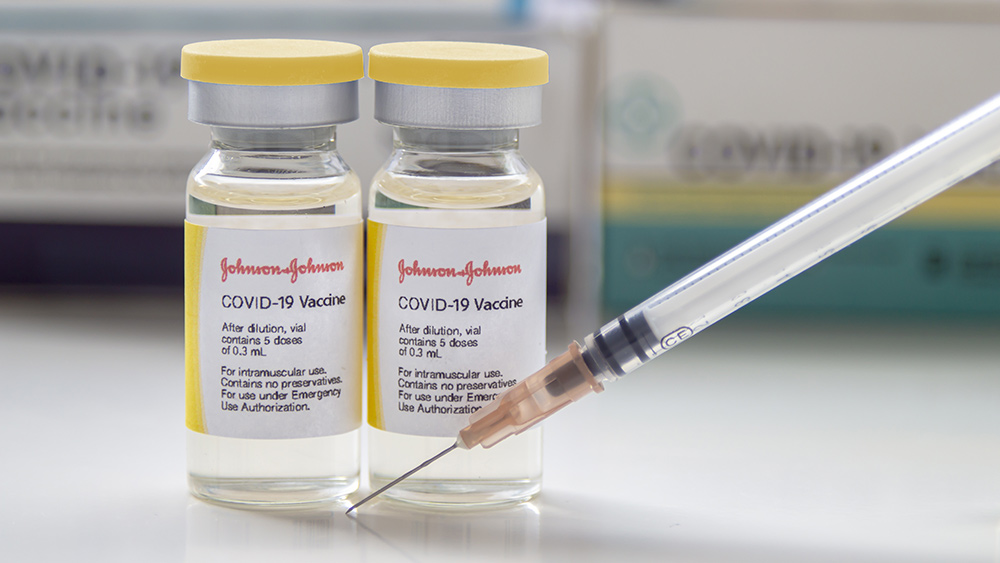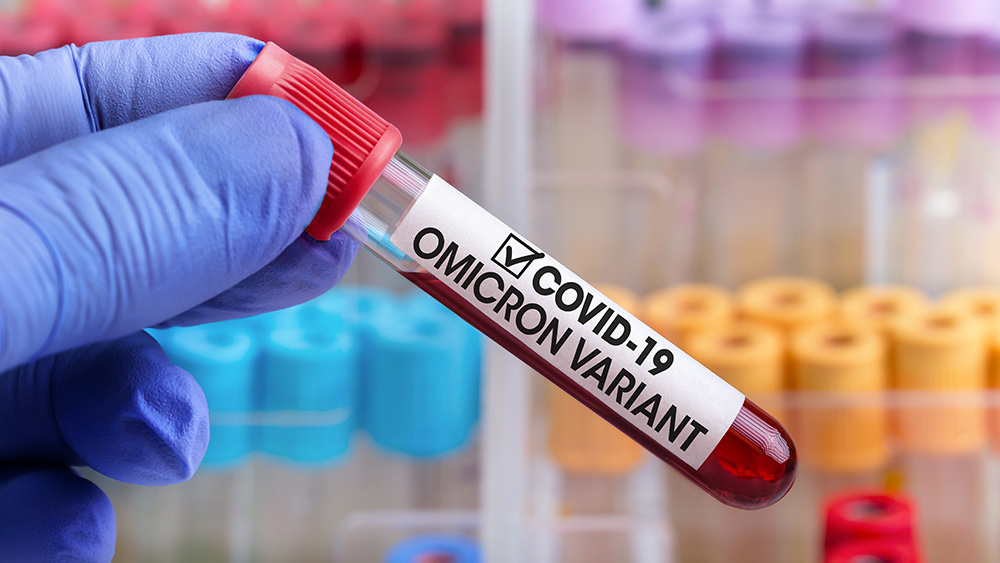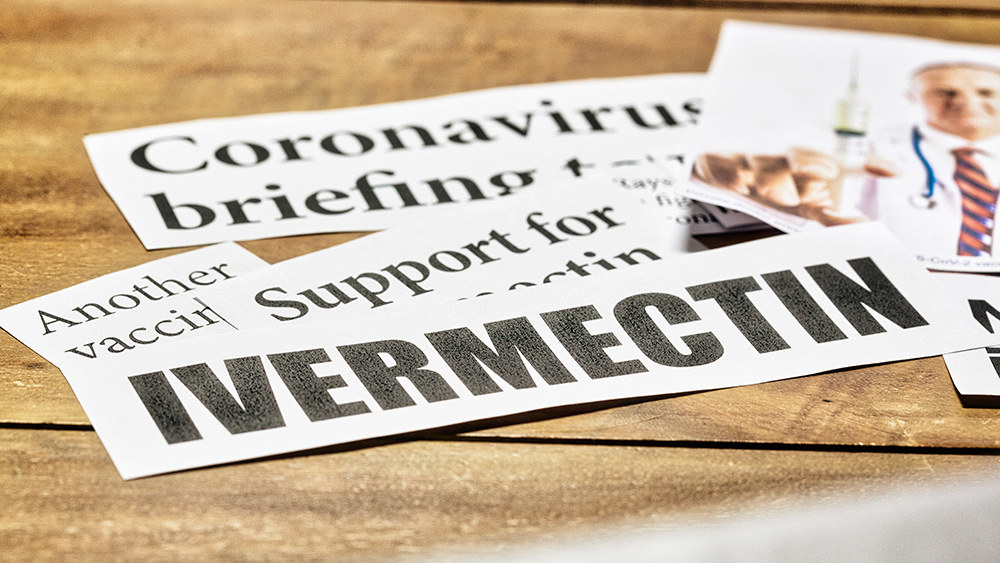Face masks are laced with cancer-causing toxic chemicals
04/05/2021 / By Virgilio Marin

Scientists found that some face masks used by the general public are laced with toxic chemicals, including known carcinogens and environmental pollutants. Michael Braungart, a German chemist and the scientific director of environmental nonprofit Hamburg Environmental Institute, carried out tests on face masks that people had worn shortly before developing rashes on the face.
He detected formaldehyde, aniline and other toxic chemicals in the used masks.
Formaldehyde is used to give new face masks a “clean” smell. It is classified as a carcinogen by the World Health Organization‘s (WHO) International Agency for Research on Cancer. Inhaling formaldehyde over a short period of time can cause burning sensations in the eyes, nose and throat, as well as coughing, wheezing and nausea.
Aniline, a highly corrosive industrial chemical, is also a known carcinogen. Additionally, it is considered a pollutant of serious concern due to its high toxicity.
Braungart noticed that artificial fragrances were applied to some masks, perhaps to hide the unpleasant smell of toxic chemicals. Blue-colored masks also contained cobalt, a heavy metal commonly used to produce blue dyes.
“What we are breathing through our mouth and nose is actually hazardous waste,” Braungart bared. “All in all, we have a chemical cocktail in front of our nose and mouth that has never been tested for either toxicity or any long-term effects on health.” (Related: BOMBSHELL: Disposable blue face masks found to contain toxic, asbestos-like substance that destroys lungs.)
Exposure to chemicals soars with mask-wearing
Modern Testing Services, a firm that provides consumer product testing services worldwide, also spotted clear evidence of chemicals in face masks, including formaldehyde and perfluorocarbons (PFCs). PFCs are chemicals commonly used to make products that are resistant to heat, water, oil and the like. They persist in the environment and have been found in wildlife.
“Honestly, I had not expected PFCs would be found in a surgical mask, but we have special routine methods in our labs to detect these chemicals easily and can immediately identify them. This is a big issue,” Dieter Sedlak, managing director and co-founder of Modern Testing Services, said.
Sedlak surmised that PFCs were applied as a fluid repellant since the chemicals are effective at repelling viruses. The concentrations of PFC in masks lay within the safe limit of 16 milligrams per kilogram. But Sedlak noted that if the mask were worn, the level of exposure would soar past the safe limit over time.
“PFC on your face, on your nose, on the mucus membranes or on the eyes is not good,” he said.
Both Sedlak and Braungart said that their work was not enough to determine whether all face masks were dangerous, but they were certain that some masks in circulation are concerning.
“Based on my practical experience, there is certainly an elevated unreasonable risk,” Sedlak remarked.
Are face masks sold in the US regulated?
Face coverings that are used for medical purposes, such as to prevent the spread of infections, are considered medical devices. As such, they have to meet the safety standards set by the Food and Drug Administration (FDA) before they are made available to consumers. Besides measuring masks’ ability to filter out germs, the FDA also checks whether masks are flammable and harmful to living tissues.
Due to the Wuhan coronavirus (COVID-19) pandemic, the agency loosened regulations for medical devices over the past year to expand their availability. But this did not include products that are FDA-cleared or are made in China.
China was the world’s leading mask manufacturer before and during the pandemic. According to China’s General Administration of Customs, the country exported around 224 billion face masks from March through December last year. This is equal to nearly 40 masks for every person in the world outside of China. (Related: Chinese company charged with sending defective face masks to the US.)
It was not clear whether the face coverings that Sedlak and Braungart tested were China-made. But some products sold in the United States did not go through FDA’s review process despite bearing the FDA logo on their packaging and having “FDA-approved” certificates. Experts who examined such masks determined that the logo and certificates were bogus and that the products, which were packaged without a company name and address, likely came from China.
Visit Pandemic.news for more about the hidden dangers of mask-wearing and other pandemic mandates.
Sources include:
CDC.gov[PDF]
Tagged Under: China, coronavirus, covid-19, environment, face masks, FDA, Food and Drug Administration, formaldehyde, infections, mask mandate, mask wearing, pandemic, PFCs, pollutants, products, Public Health, Toxic
RECENT NEWS & ARTICLES
COPYRIGHT © 2017 RESEARCH NEWS





















